Name Alessandro Cagliostro | ||
 | ||
Died August 26, 1795, San Leo, Italy Books Spells and Incantations of Yesteryear Parents Felicita Balsamo, Pietro Balsamo Similar People Alexandre Dumas, Orson Welles, Til Schweiger, Gino Cervi | ||
How to pronounce alessandro cagliostro italian italy pronouncenames com
Count Alessandro di Cagliostro ([alesˈsandro kaʎˈʎɔstro]; 2 June 1743 – 26 August 1795) was the alias of the occultist Giuseppe Balsamo ([dʒuˈzɛppe ˈbalsamo]; in French usually referred to as Joseph Balsamo).
Contents
- How to pronounce alessandro cagliostro italian italy pronouncenames com
- Alessandro Cagliostro lintervista post Baskettopoli di G Mafric
- Origin
- Early life
- Travels
- Affair of the diamond necklace
- Betrayal imprisonment and death
- Legacy
- References

Cagliostro was an Italian adventurer and self-styled magician. He became a glamorous figure associated with the royal courts of Europe where he pursued various occult arts, including psychic healing, alchemy and scrying. His reputation lingered for many decades after his death, but continued to deteriorate, as he came to be regarded as a charlatan and impostor, this view fortified by the savage attack of Thomas Carlyle (1795–1881) in 1833, who pronounced him the "Prince of Quacks". Later works—such as that of W.R.H. Trowbridge (1866-1938) in his Cagliostro: the Splendour and Misery of a Master of Magic (1910)—attempted a rehabilitation.
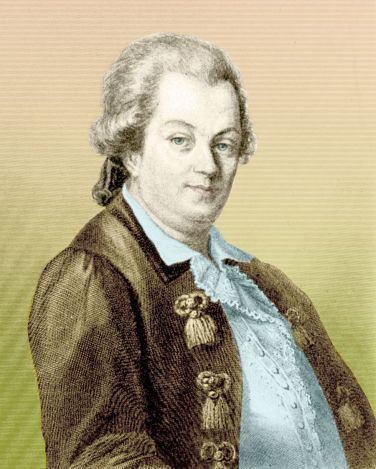
Alessandro Cagliostro l'intervista post Baskettopoli di G Mafric
Origin
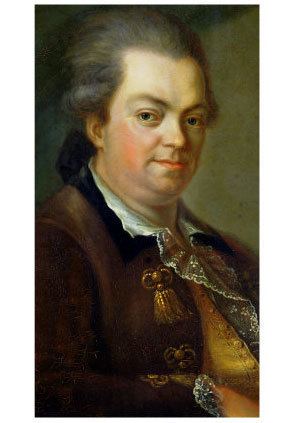
The history of Cagliostro is shrouded in rumour, propaganda, and mysticism. Some effort was expended to ascertain his true identity when he was arrested because of possible participation in the Affair of the Diamond Necklace.
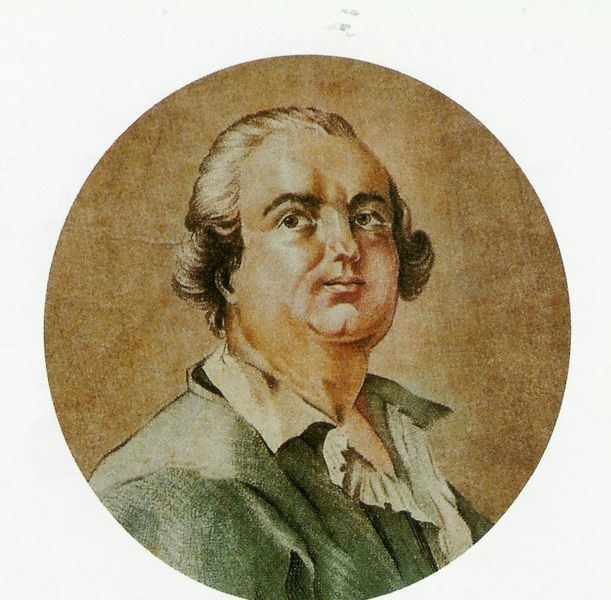
Johann Wolfgang von Goethe relates in his Italian Journey that the identification of Cagliostro with Giuseppe Balsamo was ascertained by a lawyer from Palermo who, upon official request, had sent a dossier with copies of the pertinent documents to France. Goethe met the lawyer in April 1787 and saw the documents and Balsamo's pedigree: Balsamo's great-grandfather Matteo Martello had two daughters: Maria, who married Giuseppe Bracconeri; and Vincenza, who married Giuseppe Cagliostro. Maria and Giuseppe Bracconeri had three children: Matteo; Antonia; and Felicità, who married Pietro Balsamo (the son of a bookseller, Antonino Balsamo, who had declared bankruptcy before dying at age 44). The son of Felicità and Pietro Balsamo was Giuseppe, who was christened with the name of his great-uncle and eventually adopted his surname, too. Felicità Balsamo was still alive in Palermo at the time of Goethe's travels in Italy, and he visited her and her daughter.
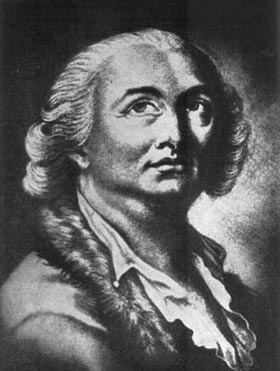
Cagliostro himself stated during the trial following the Affair of the Diamond Necklace that he had been born of Christians of noble birth but abandoned as an orphan upon the island of Malta. He claimed to have travelled as a child to Medina, Mecca, and Cairo and upon return to Malta to have been admitted to the Sovereign Military Order of Malta, with whom he studied alchemy, the Kabbalah, and magic.
Early life
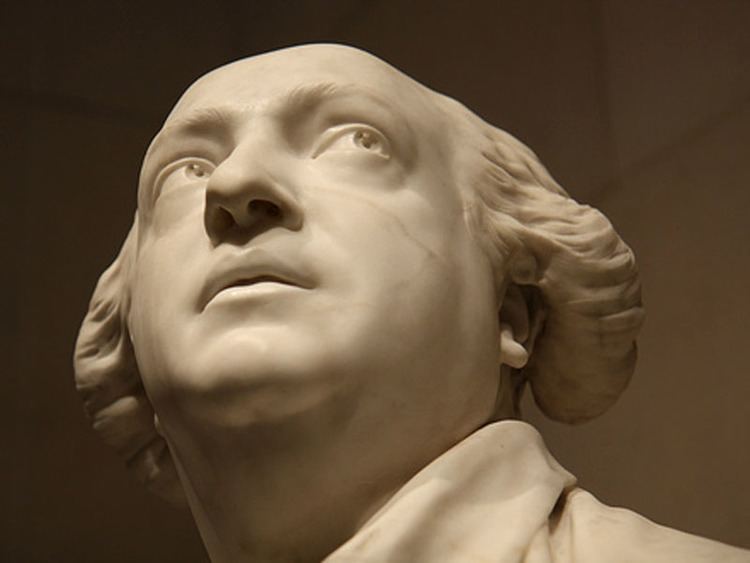
Giuseppe Balsamo was born to a poor family in Albergheria, which was once the old Jewish Quarter of Palermo, Sicily. Despite his family's precarious financial situation, his grandfather and uncles made sure the young Giuseppe received a solid education: he was taught by a tutor and later became a novice in the Catholic Order of St. John of God, from which he was eventually expelled.
During his period as a novice in the order, Balsamo learned chemistry as well as a series of spiritual rites. In 1764, when he was twenty one, he convinced Vincenzo Marano—a wealthy goldsmith—of the existence of a hidden treasure buried several hundred years previously at Mount Pellegrino. The young man's knowledge of the occult, Marano reasoned, would be valuable in preventing the duo from being attacked by magical creatures guarding the treasure. In preparation for the expedition to Mount Pellegrino, however, Balsamo requested seventy pieces of silver from Marano.
When the time came for the two to dig up the supposed treasure, Balsamo attacked Marano, who was left bleeding and wondering what had happened to the boy—in his mind, the beating he had been subjected to had been the work of djinns.
The next day, Marano paid a visit to Balsamo's house in via Perciata (since then renamed via Conte di Cagliostro), where he learned the young man had left the city. Balsamo (accompanied by two accomplices) had fled to the city of Messina. By 1765–66, Balsamo found himself on the island of Malta, where he became an auxiliary (donato) for the Sovereign Military Order of Malta and a skilled pharmacist.
Travels
In early 1768 Balsamo left for Rome, where he managed to land himself a job as a secretary to Cardinal Orsini. The job proved boring to Balsamo and he soon started leading a double life, selling magical "Egyptian" amulets and engravings pasted on boards and painted over to look like paintings. Of the many Sicilian expatriates and ex-convicts he met during this period, one introduced him to a seventeen-year-old girl named Lorenza Seraphina Feliciani (ca. 8 April 1751 – 1794), known as Serafina, whom he married 1768.
The couple moved in with Lorenza's parents and her brother in the vicolo delle Cripte, adjacent to the strada dei Pellegrini. Balsamo's coarse language and the way he incited Lorenza to display her body contrasted deeply with her parents' deep-rooted religious beliefs. After a heated discussion, the young couple left.
At this point Balsamo befriended Agliata, a forger and swindler, who proposed to teach Balsamo how to forge letters, diplomas and myriad other official documents. In return, though, Agliata sought sexual intercourse with Balsamo's young wife, a request to which Balsamo acquiesced.
The couple traveled together to London, where Balsamo, now styling himself with one of several pseudonyms and self-conferred titles before settling on "Count Alessandro di Cagliostro", allegedly met the Comte de Saint-Germain. Cagliostro traveled throughout Europe, especially to Courland, Russia, Poland, Germany, and later France. His fame grew to the point that he was even recommended as a physician to Benjamin Franklin during a stay in Paris.
On April 12, 1776 "Joseph Cagliostro" was admitted as a Freemason of the Esperance Lodge No. 289 in Gerrard Street, Soho, London. In December 1777 Cagliostro and Serafina left London for the mainland, after which they travelled through various German states, visiting lodges of the Rite of Strict Observance looking for converts to Cagliostro's "Egyptian Freemasonry". In February 1779 Cagliostro traveled to Mitau, where he met the poetess Elisa von der Recke. In September 1780, after failing in Saint Petersburg to win the patronage of Russian Tsaritsa Catherine the Great, the Cagliostros made their way to Strasbourg, at that time in France. In October 1784, the Cagliostros travelled to Lyon. On December 24, 1784 they founded the co-Masonic mother lodge La Sagesse Triomphante of his rite of Egyptian Freemasonry at Lyon. In January 1785, Cagliostro and his wife went to Paris in response to the entreaties of Cardinal Rohan.
Affair of the diamond necklace
Cagliostro was prosecuted in the Affair of the Diamond Necklace which involved Marie Antoinette and Prince Louis de Rohan, and was held in the Bastille for nine months but finally acquitted, when no evidence could be found connecting him to the affair. Nonetheless, he was banished from France by order of Louis XVI, and departed for England. There he was accused by French expatriate Theveneau de Morande of being Giuseppe Balsamo, which he denied in his published Open Letter to the English People, forcing a retraction and apology from Morande.
Betrayal, imprisonment, and death
Cagliostro left England to visit Rome, where he met two people who proved to be spies of the Inquisition. Some accounts hold that his wife was the one who initially betrayed him to the Inquisition. On 27 December 1789, he was arrested and imprisoned in the Castel Sant'Angelo. Soon afterwards he was sentenced to death on the charge of being a Freemason. The Pope changed his sentence, however, to life imprisonment in the Castel Sant'Angelo. After attempting to escape he was relocated to the Fortress of San Leo where he died not long after.
Legacy
Portuguese author Camilo Castelo Branco credits to Balsamo the creation of the Egyptian Rite of the Freemasons and intensive work in the diffusion of Freemasonry, by opening lodges all over Europe and by introducing the acceptance of women into the community.
Cagliostro was an extraordinary forger. Giacomo Casanova, in his autobiography, narrated an encounter in which Cagliostro was able to forge a letter by Casanova, despite being unable to understand it.
Occult historian Lewis Spence comments in his entry on Cagliostro that the swindler put his finagled wealth to good use by starting and funding a chain of maternity hospitals and orphanages around the continent.
He carried an alchemistic manuscript The Most Holy Trinosophia amongst others with him on his ill-fated journey to Rome and it is alleged that he wrote it.
Occultist Aleister Crowley believed Cagliostro was one of his previous incarnations.
